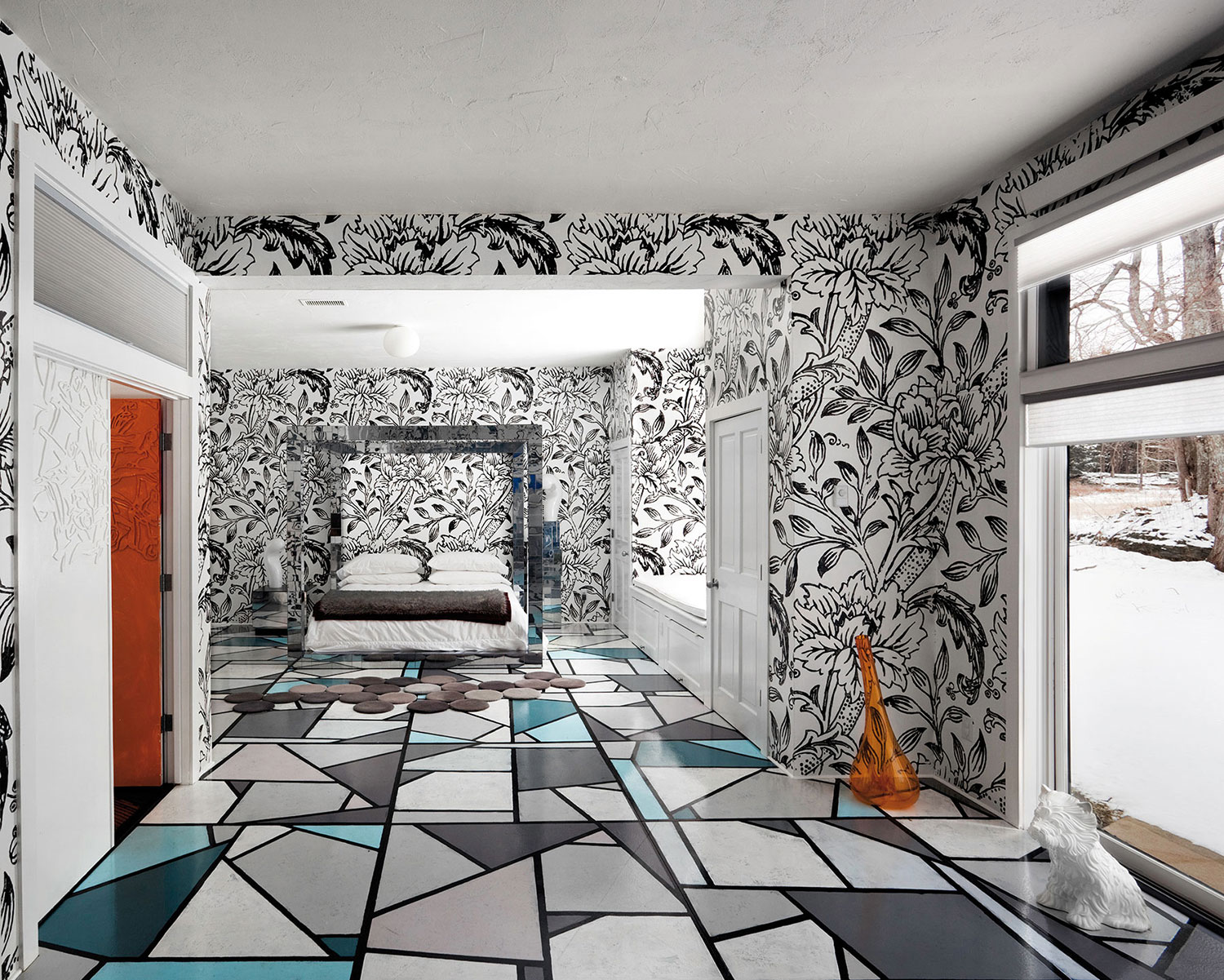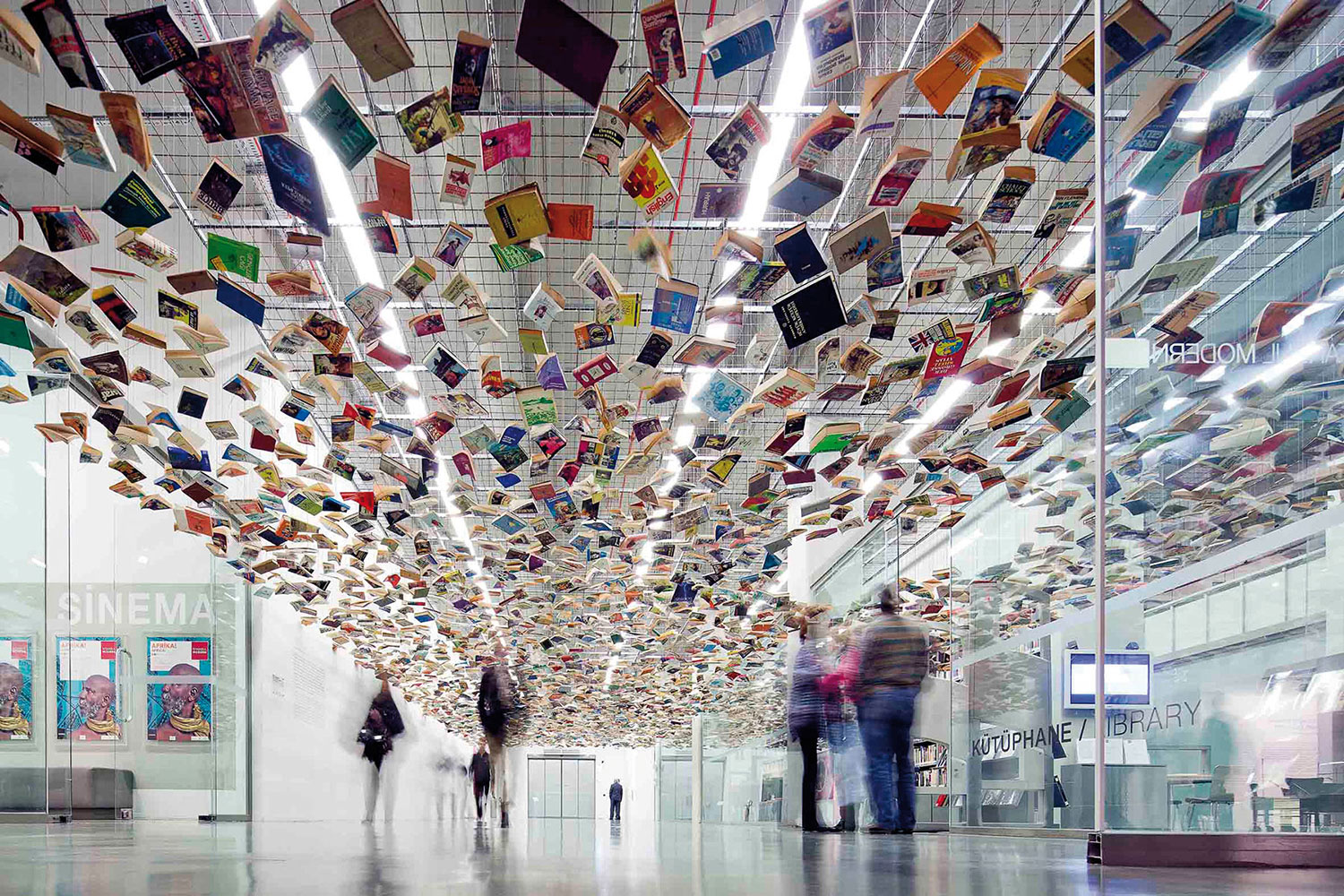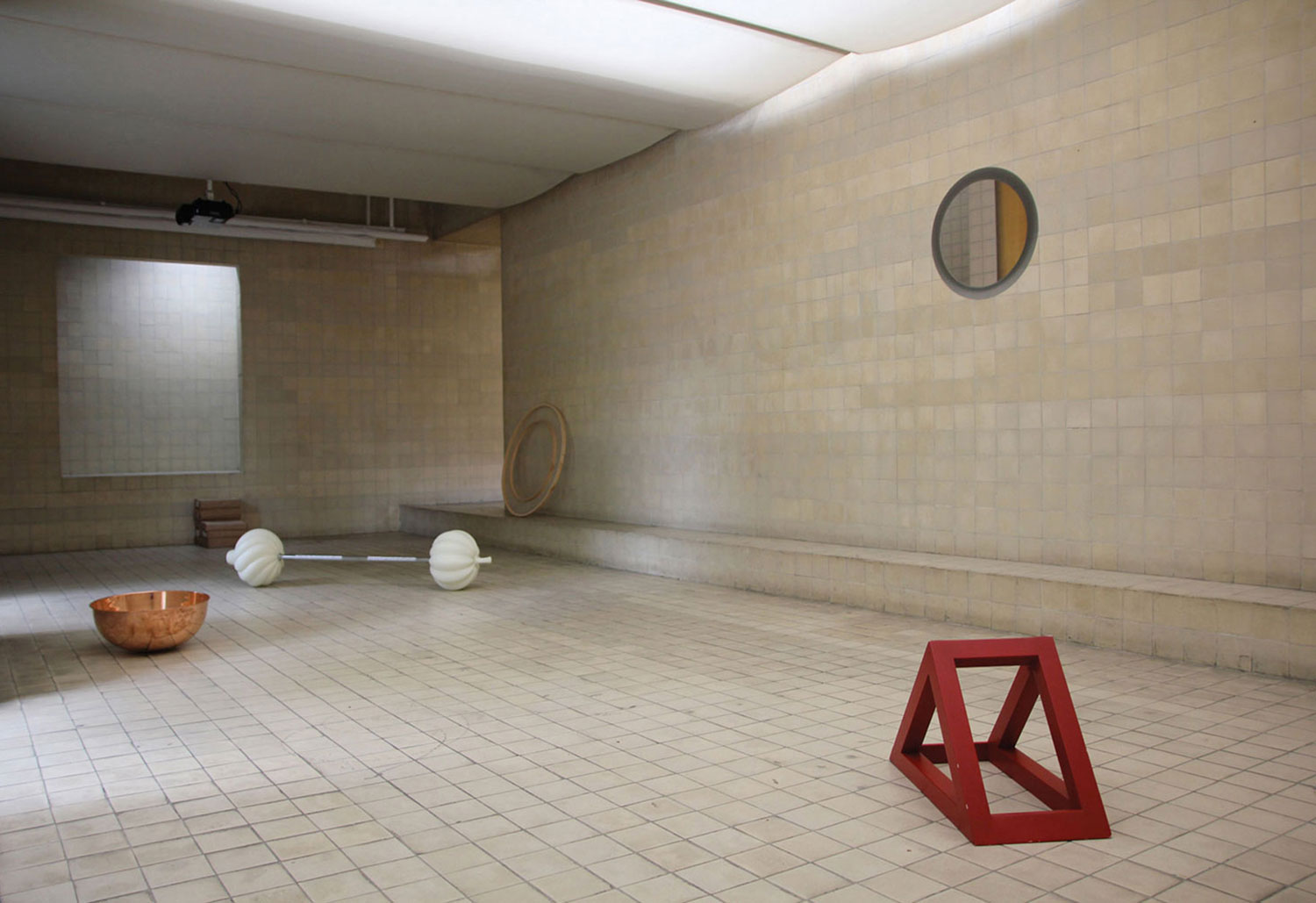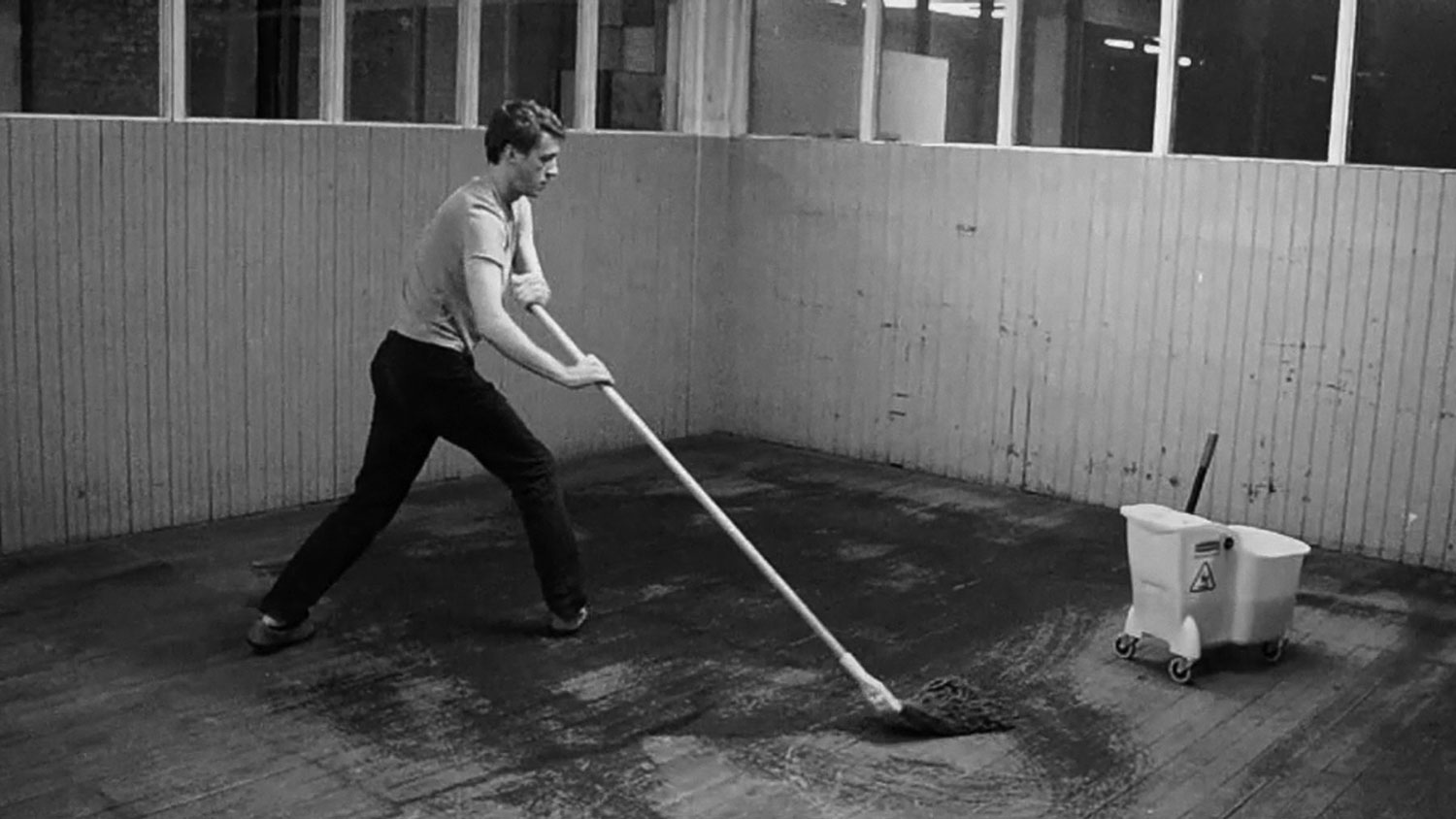
Donatien Grau: You started working as a gallery director for Anthony d’Offay.
Sadie Coles: First I had a museum job. I didn’t make the conscious decision to go from public to private, and I didn’t have any idea of the implications of the shift. The only clue I had that there was such an extreme difference between the two types of organization was when the (then) head of the Arts Council said to me, as I was leaving the museum job: “You do realize that you can never go back to museums after having taken this job with a gallery?” That is really what happened. It was quite an extreme change to work with a commercial gallery, especially one as energetic and dynamic as Anthony’s in the late ’80s and early ’90s. If you had a good idea, it was given the green light immediately. There was never any budget restriction, something to which I was accustomed in the museum world.
DG: He told me that you had this ongoing passion for artists, this ongoing conversation with artists.
SC: I am probably the same now. I have a deep admiration for original thought in any form, whether somebody is a writer, a musician, or a visual artist. I find it totally fascinating to be in conversation with an artist, to find out what they’re doing, why they’re doing it, and the unique way they see the world. I think culture is incredible: it is one intangible area of energetic production that still retains an almost mythological status.
DG: You say that art is a form of thought, as opposed to other forms of thought. How would you characterize it?
SC: It’s not a functional product. It sounds weird — coming from the point of view of a commercial gallery — to say that. If you think about it, most things that are made have a functional purpose. Whether it’s a table, or the development of a new medicine, most human creativity produces a functional object. Most art does not have a directly functional purpose, and I find that very interesting. Artists of all types fulfil a need that is not physical: it is emotional, spiritual and essential for our well-being.
DG: Also many of the artists you represent play with functionality: Urs Fischer, Richard Prince…
SC: Richard Prince is an artist who meditates on stuff that is already out there in the world, whether it’s Picasso or porn magazines from the ’50s. He really looks at what’s already there, and then he takes it somewhere else, often dissecting the conventions of how meaning is created and processed. As does Urs Fischer in terms of functional or physical objects, like a chair or a piece of fruit. He starts with something that is a reality, and then messes with it so that all bets are off!
DG: You have artists that are obsessed with high and low.
SC: I think that in order for art to be really effective, it has to immediately communicate, to open a portal to an alternative way of thinking, of seeing the world. I’m not especially interested in showing work that needs a long explanation to access. I like art that communicates very strongly, across cultural borders and languages. One of the things I like about the work of Sarah Lucas is that you get what she is saying very quickly, whether it’s about gender, god, sexuality, death. She very effectively — and in an extremely precise and economic way — communicates her ideas through the forms she constructs.
DG: You just did a show of younger artists earlier this year.
SC: It was because I gave a talk to students at the Royal College where I said, “I never do group shows because I think that’s where museums are so fantastic, because they have the time to do proper research, and I feel that the role of a primary gallery is different.” And then I thought: Who makes that rule? I make that rule, so I’m going to break it. There was an opportunity because one of my artists was in documenta (13) at the last minute, meaning that I had a gap in my program. We probably put it together within a month. There were certainly fresh dialogues for me, and, to be honest, I wasn’t even sure I understood some of it — but often the best way to figure out how the works function is to work with them.
DG: It’s a major thing to show younger artists. Sadie Coles is a generational gallery; most of the artists are your age, slightly younger or older. What is your view on younger artists?
SC: I know that the general idea is that I am showing established artists, a generational thing, but I do work with younger artists such as Daniel Sinsel, who was still at Chelsea when I started to visit his studio. We recently took on Spartacus Chetwynd and Helen Marten. I also work with some younger Americans as well, such as Frank Benson, with whom we’ve been working since 2008; and we are about to do a project with Darren Bader. I am also proud to work with Carl Andre, who is no spring chicken. But I don’t see it as a generational thing. It is about the quality of the work and the relationship with the artist (both of which can be right at any age). Having more than one gallery space, of course, provides the opportunity to have different streams within the program. All art dealers are ultimately acquisitive, and you can’t really stop yourself from looking, wondering what’s going on, wondering what is the very best work of each generation. And I can’t help but want that.





